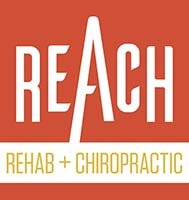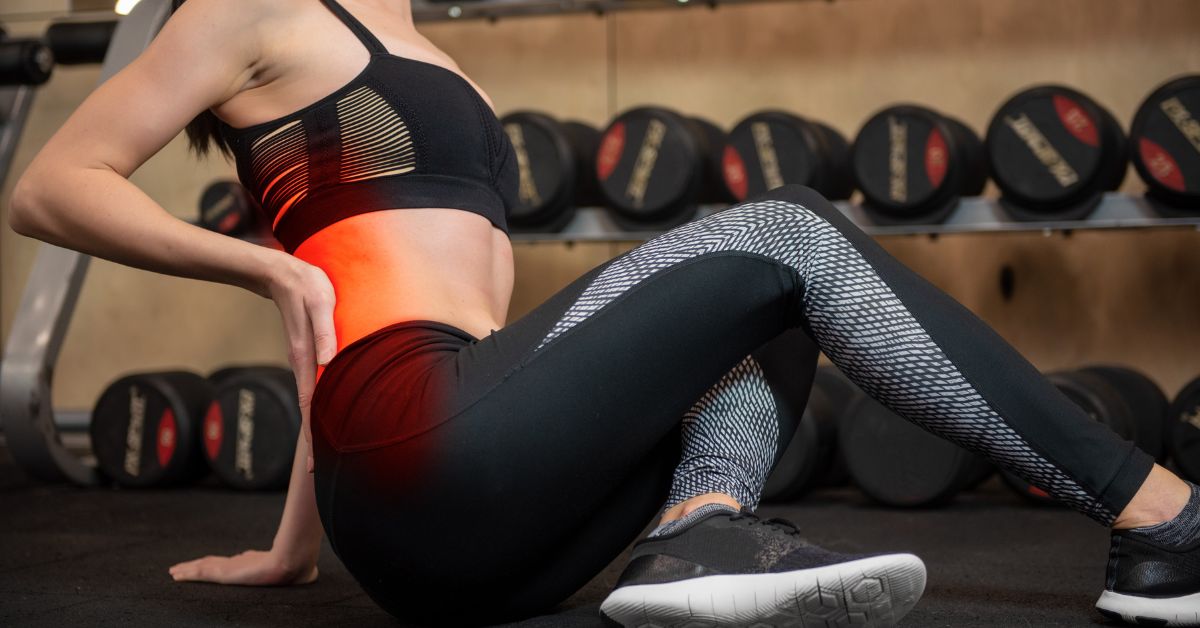Fitness Classes Are a Great Way to Get in Shape
Fitness classes are a great way to stay motivated and stick to an exercise routine. Rather than freestyling by doing any exercises that come to your head, classes provide a streamlined workout plan.
However, fitness classes are typically a demanding one-size-fits-all approach. And if you’re in-person, you get the occasional modifications from an instructor.
Constant muscle and joint exertion can cause soreness and pain to the point you can’t move after a fitness class. Soreness will dissipate, but if pain lingers for more than a few days, the exercise load was too much.
Seeing a professional sports chiropractor, like the team at REACH, can help you recover from the pain, and teach you how to move better and scale your exercise so you can prevent pain and injury from returning.
If You’re Feeling Pain, Listen to Your Body
You may feel the urge to push through the pain when working out to meet a specific fitness goal. But know the pain of being “tired” from an intense workout is different than muscle and joint pain!
Forcing your body to a level where you can’t move after a fitness class is dangerous — it can lead to severe injuries.
It’s best to listen to your body and slow down. That one extra rep is not worth it: the risk of injury that keeps you from working out for weeks is far greater than the benefit you get from getting that last rep.
If you overdo it at the gym or fitness class, take a break to manage soreness or pain for a few days. While resting, reflect upon the details of the workout, and plan to peel back a bit on how hard you work at the workout.
Heat, ice, topical creams, lacrosse balls, and massage guns are all quick remedies for muscular pain. If the pain lasts more than two weeks, it’s best to seek chiropractic services from a professional sports chiropractor.
Make Sure You’re Stretching Properly
Stretching before and after exercise can help you avoid excessive soreness and even an injury from a fitness class. Here are different ways it can help your body:
- Stretching can increase blood flow to your muscles, making them better prepared for fitness activities.
- Dynamic stretching increases your range of motion and mobility during a workout.
- Stretching after a workout helps you stay loose and reduce post-exercise tightness and soreness.
- Properly stretching after a workout flushes out muscular waste produced during workout sessions.
- Also, “stretching” with a device like a foam roller is a beneficial alternative.
You can do three main types of stretching: dynamic, static, and ballistic stretches.
Dynamic stretches involve active movements where you repetitively stretch through full ranges of motion instead of holding a stretch (static). Ballistic stretches involve more demanding or aggressive movement, while static movements typically hold a position for ten to 20 seconds.
One or a combination of all three might be necessary based on your workout. Dynamic and ballistic stretches are good options if you’re preparing your muscles for movement. Static stretches are great for relaxing muscles and staying loose after a workout.
Drink Plenty of Water
Drinking enough water before, during, and after your workout is essential to avoid muscle cramps, heat stress, and muscular injuries. Staying hydrated also boosts your stamina.
How much water should you drink during a workout? The correct answer depends on:
- Your body type and weight
- The type of workouts in the fitness class
- The workout intensity and duration
- The weather condition around you
Also, don’t forget about electrolytes!
Other than eating foods high in potassium and magnesium (electrolytes), sprinkling a bit of real sea salt, e.g., Himalayan sea salt (not table salt) in your water replenishes the sodium you sweat out.
Yes, sodium is an electrolyte and is not bad for you. And if you have a clean diet and exercise regularly, you need more sodium!
Take a Break If You Need It
Regular exercise has a myriad of benefits, more than just improving strength, endurance, and body composition! However, there is no harm in taking a break if you need it.
Rest and recovery are crucial to help give your body the time and energy it needs to build stronger muscles. Contrary to popular belief, a day’s rest will not undo all the hard work you’ve put in. In fact, giving your body time to recover with great sleep, nutrition, and mobility work is more productive than cramming in that extra workout.
If your body is calling out for a break, don’t hesitate to take it!
Recover from Pain | Chiropractor Plymouth, MI | REACH Rehab + Chiropractic
Fitness classes shouldn’t be painful. If you have prolonged pain anywhere in your body or can’t move after a fitness class, seek professional help.
As a top chiropractor in Plymouth, MI, we hear “it hurts when I move” regularly. Our team has devised, tried, and tested solutions for acute and chronic pain. If you’re in pain or discomfort, contact us at (734) 530-9134 to schedule an appointment with REACH Rehab + Chiropractic today.


